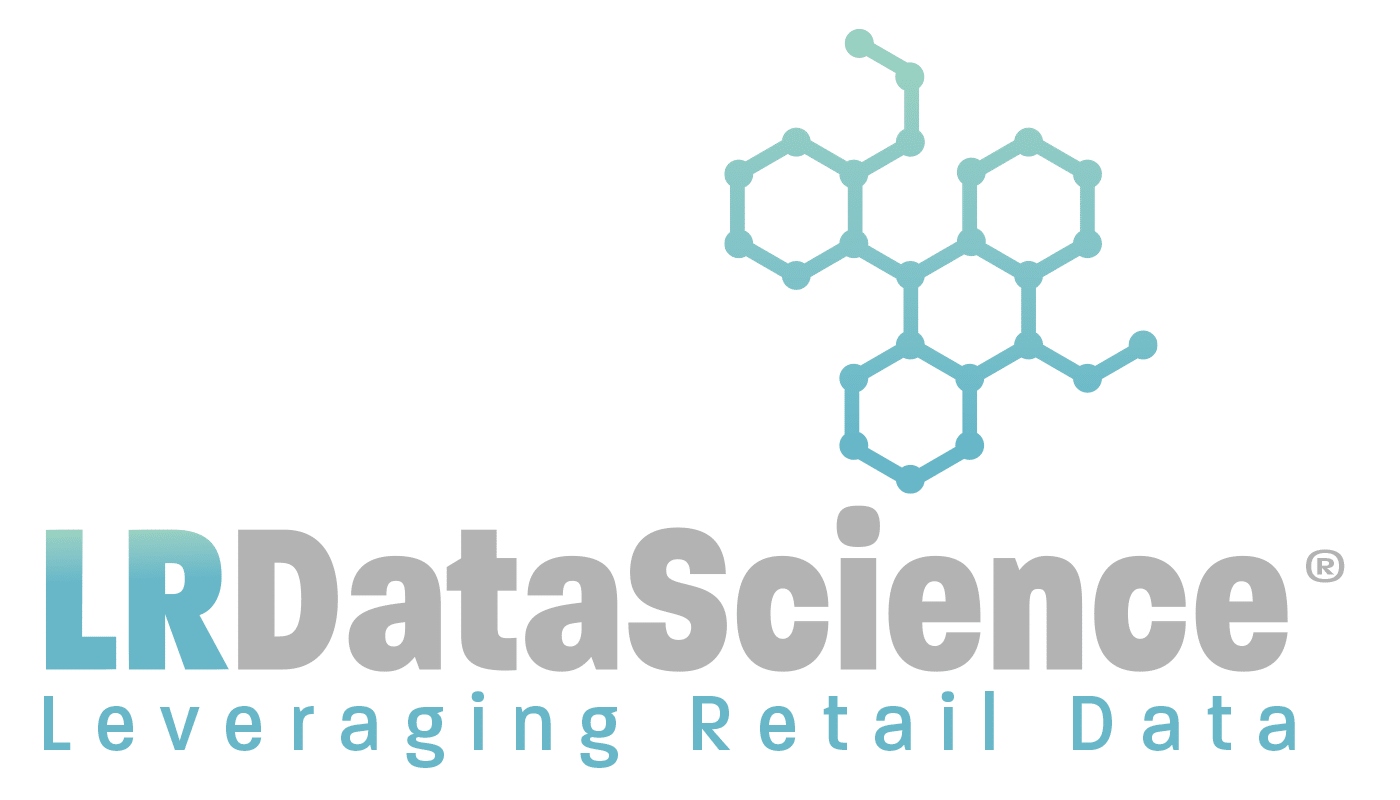News
Leveraging Data Science to Identify and Combat Workplace Discrimination
In the realm of employment law, data is emerging as a powerful tool to identify, address, and prevent workplace discrimination. For both companies aiming to foster equitable work environments and employees seeking fair treatment, data-driven insights can help uncover biases that might otherwise go unnoticed. Discrimination laws are enforced by the EEOC, which monitors compliance and addresses violations. This article explores how data science can be applied to employment law and employee disputes to create more transparent and inclusive workplaces.
The Role of Data Science in Employment Law
Employment disputes and discrimination claims are often challenging to prove due to the complexity and subtlety of workplace dynamics. By analyzing workforce data—such as hiring trends, promotion rates, and employee turnover—data science can reveal patterns that might indicate bias. For example, an analysis showing a consistent hiring refusal due to your age is illegal under labor law, and data can provide evidence to support such claims.
Using Data to Detect Patterns of Discrimination
- Hiring and Promotion Analytics: Data on hiring and promotion can be analyzed for trends related to gender, age, race, or other protected characteristics. If certain demographics are underrepresented in leadership roles despite comparable qualifications, this could signal potential discrimination.
- Employee Satisfaction and Feedback Analysis: Text analysis on employee feedback or satisfaction surveys can highlight recurring themes, such as concerns about workplace hostility. Machine learning algorithms can detect sentiment and frequency of specific terms related to discrimination, providing valuable insights for HR teams.
- Compensation Discrepancies: Salary and bonus data can be examined to ensure equitable compensation practices. Disparities in pay between demographic groups might indicate systemic bias, enabling employers to address inequalities proactively.
Challenges in Applying Data Science to Discrimination Cases
While data science offers valuable tools for identifying discrimination, there are challenges in collecting, analyzing, and interpreting this data. Privacy concerns and data collection biases are common issues that can impact the reliability of findings. It’s essential for companies to work with ethical data scientists and ensure that data practices align with legal standards, especially when handling sensitive employee information.
Legal Implications and Employee Rights
For employees, data can serve as a powerful ally in disputes by providing objective evidence. For instance, if litigation is necessary to settle the claim, data showing patterns of discrimination can strengthen a case. However, employees should consult with legal experts to ensure the ethical and legal use of data in discrimination claims.
How Employers Can Use Data Proactively
Employers can leverage data science not only to address issues but also to prevent discrimination before it occurs. Implementing regular data audits, setting up real-time analytics for monitoring HR practices, and investing in diversity and inclusion metrics can help companies hold themselves accountable and create a fairer work environment.
Conclusion
Data science has the potential to transform employment law by offering evidence-based insights into workplace practices. As companies adopt data-driven strategies to combat discrimination, employees and employers alike benefit from increased transparency, fairness, and accountability. By integrating data science into HR practices, companies can make meaningful strides in fostering an inclusive workplace, ensuring that every employee’s rights are upheld.
